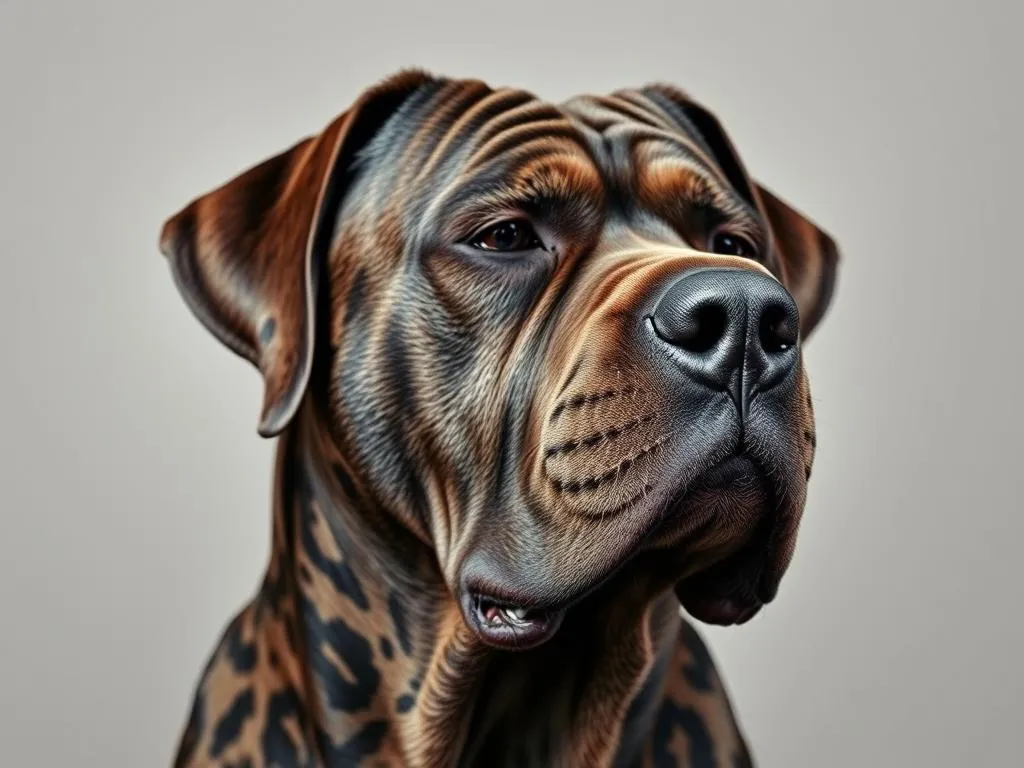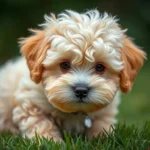
Cane Corsos are an impressive breed known for their strength, loyalty, and protective nature. Originating from Italy, these dogs have captured the hearts of many dog lovers across the globe. One aspect that often sparks interest among enthusiasts is the Cane Corso colors and patterns. The diversity in their appearance not only enhances their beauty but also plays a significant role in their breeding and ownership.
Understanding the Cane Corso
History of the Cane Corso
The Cane Corso has a rich history dating back to ancient Rome. Originally bred as a working dog, they were used for hunting large game and as guardians of livestock. Their name, “Cane Corso,” translates to “bodyguard dog,” which reflects their traditional role. In Italian culture, the Cane Corso is celebrated for its strength and loyalty, often depicted in art and literature as a symbol of protection and valor.
Physical Characteristics
The Cane Corso is a large breed, typically weighing between 88 to 120 pounds and standing around 24 to 28 inches tall at the shoulder. They possess a muscular build with a broad chest and powerful legs, giving them an imposing presence. Their coat is short, dense, and weather-resistant, making it suitable for various climates.
The Genetics of Cane Corso Colors
Basic Genetics Overview
Understanding how Cane Corso colors are determined involves delving into canine genetics. Dog colors are influenced by multiple genes, with some being dominant and others recessive. The interplay of these genes dictates not only the color but also the patterns seen in the breed.
Color Genes Specific to Cane Corso
For Cane Corsos, several key genes are responsible for their coloration. The genes involved in coat color include the A locus (Agouti), B locus (Black), and D locus (Dilution). The interaction between these genes can lead to a variety of Cane Corso colors and patterns, from solid shades to unique markings.
Common Cane Corso Colors
Black
Black Cane Corsos are striking and often associated with strength and authority. They typically have a solid black coat, which can sometimes display a slight sheen. A common misconception is that black Cane Corsos are more aggressive than their lighter-colored counterparts; however, temperament is more influenced by training and environment than color.
Fawn
Fawn is one of the most popular colors for Cane Corsos. This color can range from a light tan to a deep gold. Fawn Cane Corsos often have a black mask, enhancing their facial features. The breed standards recognize various shades of fawn, making it a favored choice among breeders and owners alike.
Brindle
Brindle Cane Corsos have a unique coat pattern characterized by dark stripes over a lighter base color. This pattern can appear in various colors, including fawn and gray. Brindle dogs are often viewed as striking due to their distinctive appearance, making them a favorite among Cane Corso enthusiasts.
Blue
The blue Cane Corso is somewhat rare and highly sought after. This color is a diluted version of black, resulting in a grayish-blue coat. Blue Cane Corsos carry unique traits, such as a softer, plush texture. Due to their rarity, they may come with a higher price tag and increased demand.
Other Colors
Less common colors, such as chocolate and gray, also exist within the Cane Corso breed. While chocolate Cane Corsos are warm brown shades, gray Corsos can appear in a range of tones from light silver to darker charcoal. Acceptance of these colors in breeding standards varies, and potential owners should check with breeders regarding the rarity and recognition of these colors.
Patterns in Cane Corsos
Solid Colors
Solid colors in Cane Corsos refer to those with a single, uniform coat color without any markings. These dogs often display a powerful and regal appearance. In breeding and showing, solid colors can be significant, as some breed standards prefer specific colors over others.
Brindle Patterns
Brindle patterns are defined by their unique striping. There are different types of brindle patterns, including tiger brindle, which features narrow stripes, and reverse brindle, where the darker color is the base with lighter stripes. These patterns can influence breeder preferences and the overall appearance of the dog.
Masks and Markings
Facial masks and markings are important features in Cane Corsos. Masks can vary in color and intensity, with some dogs showcasing a prominent black mask that contrasts with their base coat. These markings can enhance the dog’s facial structure and are often considered when evaluating a dog’s adherence to breed standards.
The Role of Color and Pattern in Breeding
Choosing Breeding Pairs
When selecting breeding pairs, it’s crucial to consider the Cane Corso colors and patterns. Breeders often aim for specific colors to maintain or enhance desirable traits in the offspring. Genetic health implications also play a pivotal role, as certain colors may be linked to genetic conditions.
Breed Standards and Show Criteria
Breed standards set by organizations like the American Kennel Club (AKC) outline the acceptable colors and patterns for Cane Corsos. Adhering to these standards is essential for breeders aiming to compete in dog shows. Judges typically assess colors and patterns as part of the overall evaluation of the dog’s conformation and breed identity.
Caring for Cane Corsos Based on Color and Coat
Grooming Requirements
Grooming needs can vary slightly based on the Cane Corso colors and patterns. Generally, their short coats require regular brushing to remove loose hair and debris. However, those with brindle patterns may need additional attention to ensure that the stripes remain vibrant and well-defined.
Sun Protection for Light-Colored Dogs
Light-colored Cane Corsos, such as fawn and blue, are more susceptible to sunburn. Owners should take precautions during sunny days, such as providing shade and limiting exposure to direct sunlight. Dog-friendly sunscreen can also be applied to sensitive areas to protect their skin from harmful UV rays.
Conclusion
The significance of Cane Corso colors and patterns goes far beyond mere aesthetics. These elements are deeply intertwined with the breed’s history, genetics, and breeding practices. Understanding the variety of colors and patterns not only enriches the experience of owning a Cane Corso but also emphasizes the importance of responsible breeding. The beauty and diversity of the Cane Corso breed are a testament to its rich heritage and the dedication of breeders and owners alike.
FAQs
What is the rarest color for a Cane Corso?
The rarest color for a Cane Corso is often considered to be the blue variant, as it is less common and highly sought after by enthusiasts.
Can Cane Corsos have mixed colors?
Yes, Cane Corsos can exhibit mixed colors, particularly when different colored parents are bred. However, the acceptance of mixed colors can vary based on breed standards.
How do I choose a Cane Corso based on color?
Choosing a Cane Corso based on color should involve consideration of personal preference, breed standards, and genetic health implications associated with specific colors.
Are there health issues associated with specific colors?
Certain colors can be linked to specific genetic conditions, making it essential to consult with breeders about their health testing and lineage.
Is color a factor in a Cane Corso’s temperament?
While color may influence perceptions, temperament is primarily shaped by genetics, training, and environment rather than coat color or pattern.









